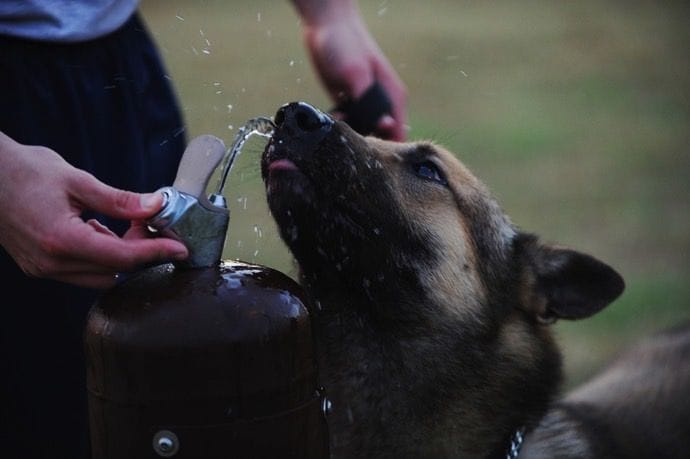Pet First Aid
We've shared a lot of posts on our social media about pet first aid and what should be in your pet's first aid kit, but do you know how and when to use those things? We'll start with prevention first and work through some different ailments that can happen to your pet.
Prevention
Keeping your cat in doors will keep them from getting attacked by neighborhood dogs or other animals. Having your dog well trained and on a leash will prevent them from getting hit by a car. Making sure all your pets are microchipped and collared should they get away from your home can get them back to you safely and have you notified should something happen to them. Make sure you pet proof your home to keep your pets out of household chemicals and keep toxic plants.
Ailments
Toxins/Poisoning: Rodent toxins, cleaning agents, some plants, and antifreeze. There are some people foods that are toxic to pets. This first thing you should do if you find your pet has been exposed to something toxic is read the label. If it says to wash your skin thoroughly with soap and water, then you need to wash your pet thoroughly with soap and water. Same thing if it says to flush the eyes with water for 5 minutes. Then call your vet. If you find your pet has ingested something, call your vet, emergency vet, or you can call the Animal Poison Control Hotline (there is a fee for the consultation) immediately. Make sure you have the package available when you call to use as a reference and let them know the breed, size, sex, age, weight, how long they were exposed to the toxin and what their symptoms are.
Bleeding: There are two types of bleeding, external and internal. External is the kind we can see and usually tend to "freak out" when we see it because we know our pet is hurt. Internal is the kind we can't see, think more along the lines of a ruptured organ. This is usually more dangerous than the bleeding we can see. When your pet has external bleeding, apply some clean gauze pads over it and apply pressure for several minutes, same as you would for yourself. You can even take a gauze wrap and wrap it around the pad to hold it in place. If bleeding is severe, apply the bandage and head to the vet immediately. For internal bleeding you need to look for blood coming from the mouth, nose, rectum, blood in the urine, pale gums, coughing up blood, your pet may collapse, or have a weak pulse. If your pet has any of these symptoms, keep them calm, quiet, and warm and take them to the vet immediately.
Fractures: These almost go hand in hand with external bleeding. If the fracture is an open fracture, there are now two wounds to take care of: the fracture and the bleeding wound. Don't try to set the fractures yourself. If your don't know what you're doing, you risk putting your pet in more pain and you can cause more harm to your pet. The best thing to do is to use something as a stretcher and wrap your pet in a blanket, cover any bleeding wounds, and transport them to the vet.
Burns: There are different types of burns you need to know about. The obvious is a burn from something hot or a fire, but there are also chemical burns which can be caused from getting into those toxins. For burns from fire, apply ice water compress over the area to stop the burn. For chemical burns, flush the area with large amounts of water.
Seizures: Do not try to hold your pet still. Move objects away from your pet so your pet doesn't get injured. After the seizure has stopped, usually a couple of minutes, keep your pet calm and quiet and call your vet.
Choking and not breathing: Please be careful when dealing with a choking pet. When an animal is choking, it is more likely to bite because it is panicking, and this includes your little Fluffy and Snowball. If your pet is still able to breathe, get them to the vet immediately. If your pet has collapsed, place your hands on both sides of the rib cage (if your pet is small enough) or lay them on their side and strike the rib cage with your palm firmly until the object has come out or you've reached the vet's office. If your pet stops breathing and is not choking, it's best to take a pet CPR class, but you want to close their mouth and breathe into their nose until their chest expands. Keep giving rescue breaths every 4 seconds on the way to the vet. For no heartbeat, we advise you take a pet CPR class.
Heatstroke: Move your pet to shaded or cool area. Submerge your pet in cool - cold water either by dumping water on your pet or using a hose. You can even take your pet inside to the bathtub. Place a cold wet towel around your pet and transport them to the vet.




No comments:
Post a Comment